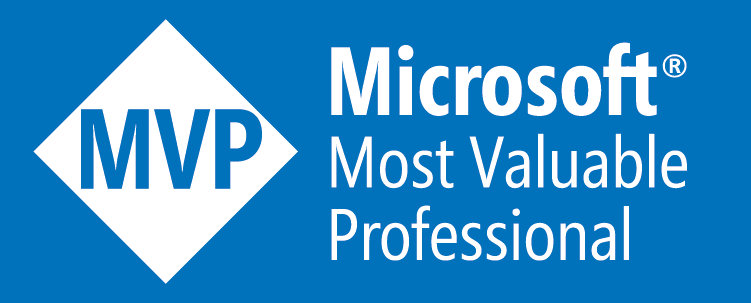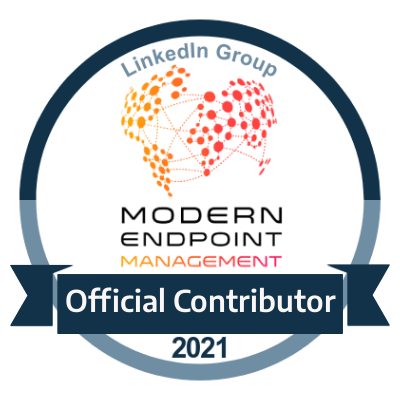Self-Motivation: Swim or Drown
How to survive the deep end
a
lot of the vast knowledge which I had gained over the years were literally ones
where I was thrown in the deep end. And are the most overwhelming moments you
will ever face....But they are also a goldmine to learn from if you are able to
adapt to the environment that you are placed in. I can understand where it is
easier said than done. You just have to do it and then be done.
These situations not only pushed me to face and analysis pressure differently
but it enabled me to pick up new things a lot quicker and able to structure my
plans of attack better. The moment you panic when under any kind of pressure
your thinking will just halt and will eventually freeze up.
Nerves is something im always going to feel I think maybe everyone feels nerves
and chances are you will never stop feeling them but this is an acquired taste
of an emotion. Because nerves set the high expectations that "you"
specifically want to achieve, and the moment you give into them then the domino
effect which comes with pressure will have you folding very quickly.
This particular article doesn't necessarily tell you any tips, tricks,
loopholes or secrets to overcome these events....even with the old cliche of
picture everyone naked etc. The best thing I can do is share some of the
experiences which I faced that addressed the exact hurdles so that you can see
exactly how I overcame them and hopefully can be applicable to you.
I have two examples of this and the interesting part about both of them is that
both of these situations were back to back!
First encounter in the deep end
When I had first turned 21 (just to give a timeline) I had to deliver the
following projects deliverable's
1. Deploy OCS 2007 (Office Communications Server) though we all now know this
as Skype for Business
2. Deploy SCVMM 2008
3. Deploy SCOM 2007
4. Design a new AD & Dynamics AX 2009 implementation
Now I was very eager to tear into anything at that time but bear in mind the
role I had come from before was merely a 1st/2nd line support role with the
very odd 3rd line task thrown at me so on the outside looking in that seems
quite raw for me to be thrown into the mix.
I must have been invited to at least 5 meetings a day about all of the above
and even worse when technical leads or managers were in different offices, I
literally had a queue of Architects just waiting for me at my desk looking for
answers which I just simply didn't have. I was just behind the door going to my
desk and saw them just waiting and pacing so I went the opposite direction
until they left.
It really was game on at this point as I was really panicking. Wondering if I
had really been thrown into a deep end where I was already drowning....But the
next day I had to snap out of it and come to terms with some facts
Reality of the situation: Next steps
Only you are able to tackle this and get yourself out of this. Once you accept
it's literally just you...Will you then be able to form a game plan. So I
decided to take charge and get back to everybody that was waiting for me and
pick up the leads of where they last were with comms, project deadlines and
what was outstanding as they understood that handovers as such was not provided
to me.
I developed not only a process for this situation, but a process for myself
which I still use to this day.
Also understand your limits, as when you do you'll have a better understanding
on what your strengths and your weaknesses are. No matter how technical or
eager you are you will never know everything.
The real truth of the matter is that you're not expected to know everything, but the illusion of expectations from yourself and others feels like you need to be a guru. However, the advantage of knowing this is that you can be that guru but not without assessing your strengths and what to build up on. Now these sound like very simple things or that it's telling you something you already know, but when pressure is on common sense flies out the window so the power of re-iteration comes to life.
I knew how good I was and can be technically and the same eagerness to work on
anything and everything....But in order to unlock that again I had to get over
the overwhelming situation and just do it and when I did, everything fell into
place perfectly. Had a confidence stronger than which I ever had before, with
all design meetings done and wrapped up, took on some big project tasks and
really pushed the boundaries on what I knew and this was my very first time on
using any system centre technologies and it was a wrap from there.
I did so much work and really unlocked my ability until one day it was the end
of my probation period and my appraisal day and soon as I got into the office a
TDA shook my hand and said "absolutely great work".
I said "Why what happened lol"
"Everything is all working, the SCOM is monitoring the whole estate, VMM
is managing all of the developer VM estates and more importantly the OCS 2007
external communications was working!"
See I had a task to get OCS 2007 to be able to ring externally like mobile
phones, telephones and other organisations and this was how I also went into
the Collaborative Services section.
The Dynamics AX project was a massive one which I was a big part of that has
quite a massive space at present. I haven't worked on Dynamics AX since this
time but because it was such an in-depth project I remember the whole
technology pretty damn well!
Second encounter in the deep end
And then I had another huge task for me to overcome and this was when I worked
for a consultancy when I was 22 and I had to deliver a presentation on SCCM
2007. Now you might look at this and think to yourself that doesn't actually
seem like a big deal? But it is when you have only just touched SCCM 2007 for a
couple of weeks and 1000 technical architects are on the web conference with
about 25% of them being from Microsoft!
Reality of the situation: Next steps
So how do I handle this situation with all of the experience of learning from
the last one...quite simple....panic again 😀
Well not exactly...I had created a detailed PowerPoint Presentation from a dev
lab which I had created and also with a balance between books covering SCCM
especially where the “SCCM Unleashed books” were concerned, and had a great
balance of knowledge between both.
So when the time came to lead the presentation, there was those nerves once
again which came especially from starting the first slide and introducing myself
to the audience. It was very nerve wrecking even with dialogue/bullet points I
had put together. When it comes to formulating words and presenting at this
level it really can be overwhelming but then I reached a point where I just let
go and didn't care about the nerves or what my perception of how others felt I
was doing and after that everything was fluent.
The truth of these situations is that you are and were always equipped with the skills, knowledge and mind frame to what you were brought in to do, the only person that stops you from unlocking this is you when you let the situation overcome you.
This was only a 15 minute presentation but every minute can be excruciating
when folding.
After the presentation was done an architect came up to me and asked "Was
that your first time doing a presentation?" I replied "yes" and
then they responded saying "that's one of the best presentations I've seen
for anyone doing it for the first time"
To be honest I didn't even know or felt like I did anything such as this but I
guess when I let myself go and just do it came across like it was just another
day.
Overall message
Moral of these stories is that it can really show what you are made of when you are thrown in these situations. I wouldn't necessarily say that this is the ideal or mandatory way for someone to learn as everybody is different, but these situations can reveal or bookmark what you are made of quite early. Guess for me it was now or never.
I've seen truckloads of work, I've seen un-reasonable timelines and roles in which it's not possible for one person to do...and my experiences made me look at them as not really an obstacle...but an opportunity.
If you have been thrown in the deep end and managed to save yourself from drowning....then you assure you will learn how to swim after as with this mind frame situation like that didn't take you under so being clued up beyond by knowing how to deal with them in the future will make you a force to be reckoned with.








